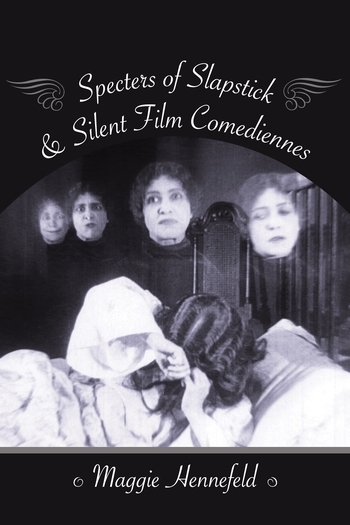Indie: An American Culture — Michael Z. Newman
On his blog Zigzigger, Michael Newman author of Indie: An American Film Culture , offers a “behind the scenes” look at the book.
In the post Newman explains how parenting helped with his productivity, the genesis behind the title and cover for the book, and his introduction to independent cinema in the late 80s and early 90s. Of course, the post also describes some elements of the book’s content, including his interest in both the narrative or aesthetic elements of independent film and its social functions. Newman writes:
One thing I’m especially pleased with is how Indie balances two senses of culture: as works to be analyzed, and as social ways of knowing and experiencing. A film culture functions in both of these senses, and I try to combine an analysis of indie’s value as a cultural category, and its coherence as a body of films calling on a coherent set of expectations about form and meaning. When I say film culture, I always mean both of these things.
He also talks about the use of a still from Juno for the cover. The film has a contested status among the indie community:
Juno is an example of a movie that some members of the indie community sought to de-authenticate, to remove from consideration as indie because of its heavy marketing by Fox Searchlight, its mainstream appeal, its lack of indie bona fides. One of my central claims about indie cinema is that it’s a slippery, contested category, and that it can only be understood as it is used within indie film culture. I would not exclude it because it is so widely thought to belong, but the efforts of some critics and bloggers to distance themselves from Juno (and of many people I have talked to personally) reveals much about the values sustaining independent cinema.



